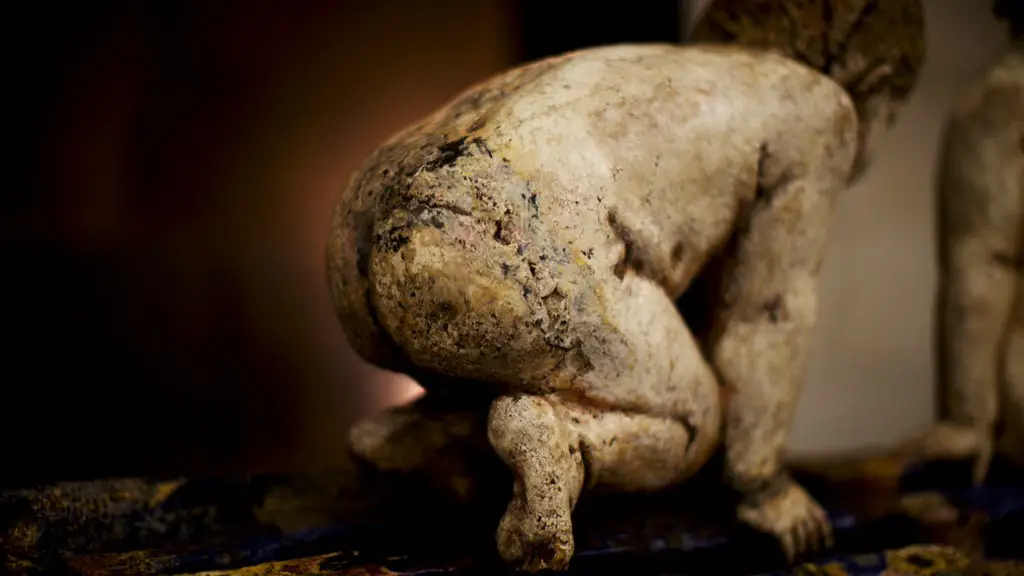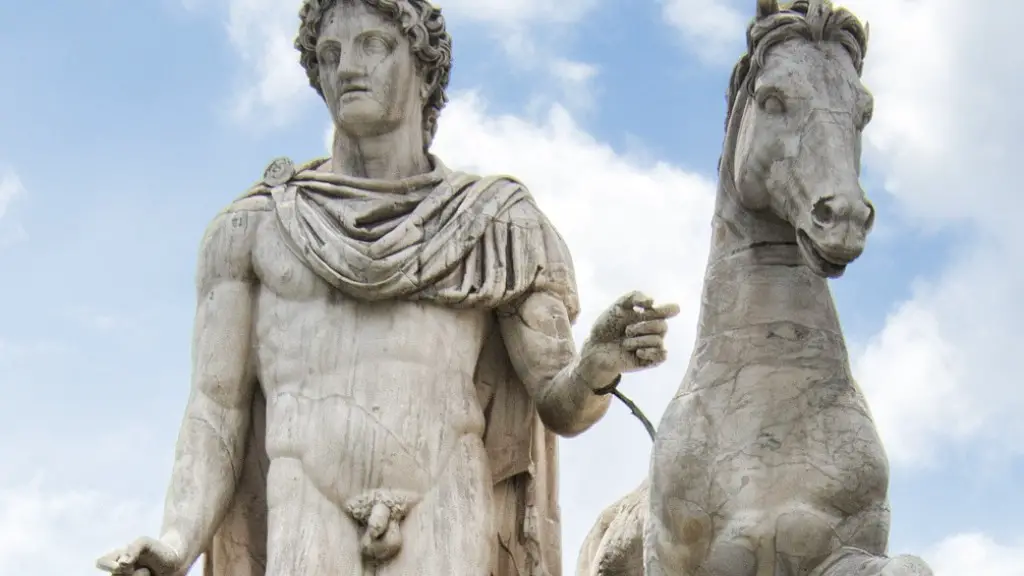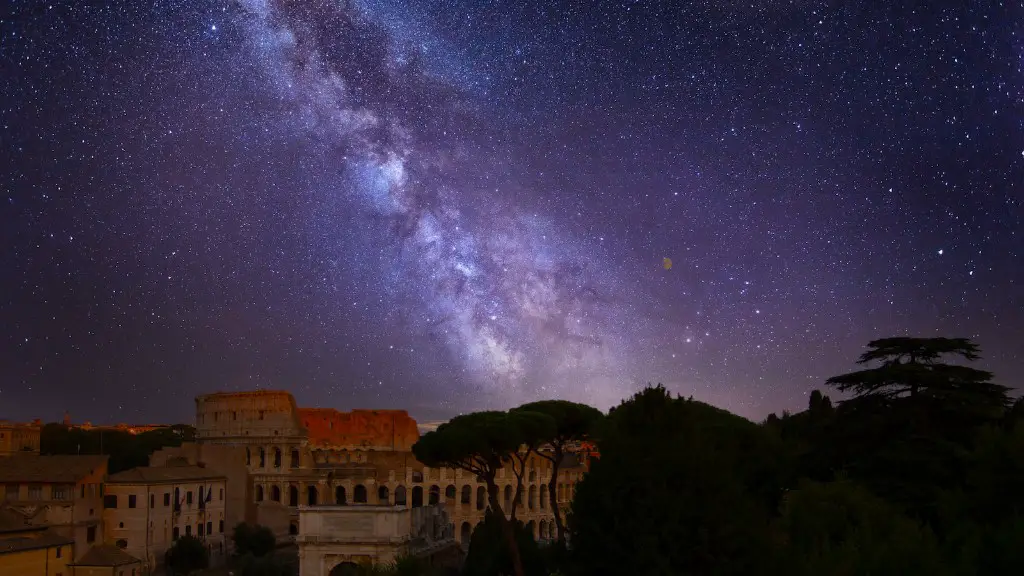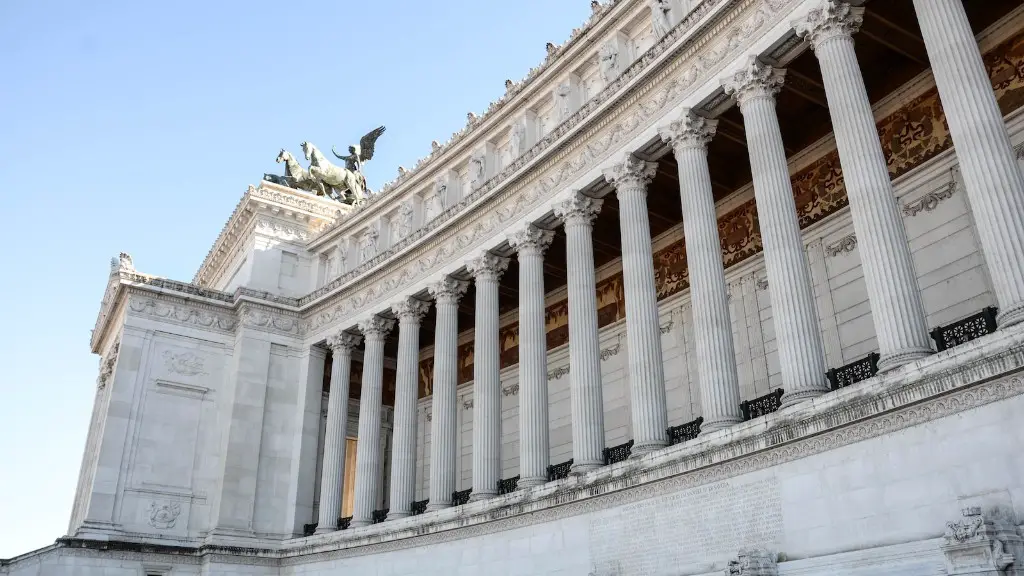There is debate over whether or not ancient Rome was a dictatorship. Some historians argue that Rome was a dictatorship because it was ruled by a single ruler, Augustus Caesar. Others argue that Rome was not a dictatorship because Augustus Caesar shared power with the Roman Senate.
There is no easy answer to this question. Rome was indeed a dictatorship for much of its history, but there were also periods where it was not. It is complicated to try to pin down an exact answer.
Was Rome a democracy or dictatorship?
The Roman Republic was one of the earliest examples of representative democracy in the world. The period in which the city-state of Rome existed as a republican government (from 509 BCE to 27 BCE) was a time of great prosperity and achievement for Rome. The Republic was a model for other city-states and countries that followed suit.
The Roman Republic was a period of time in which Rome was governed by a group of elected officials called the Senate. The Senate was made up of wealthy landowners and was therefore not representative of the people. This led to a series of civil wars, which eventually led to the rise of Julius Caesar. Caesar was a military general who became very popular with the people. He eventually became so powerful that he was able to overthrow the Senate and establish himself as the sole ruler of Rome. Caesar was assassinated in 44 BC, but his nephew Octavian was able to maintain control of the empire. Octavian was the first Roman Emperor, and the Roman Empire continued to exist until it fell in 476 AD.
What type of government did ancient Rome use
A republic is a form of government in which the people elect representatives to govern on their behalf. The Roman Republic was established in 509 BC, and it was influential in subsequent years; many countries modeled their government after Rome’s. The United States, for example, has a government that is based partly on the Roman Republic. In the Roman Senate, the wealthy patricians had a different path to political power than the lower-class plebeians.
The nature of autocracies has changed dramatically in the 2100 years since Julius Caesar became the Western world’s first dictator. dictatorships have become more common, more brutal, and more sophisticated. The rise of the modern autocracy can be traced back to the 15th century, when the Ottomans began to centralize power and establish themselves as an absolute monarchy. Since then, autocracies have become increasingly common, with an estimated one-third of the world’s population living under dictatorships today. The most common type of autocracy is a military dictatorship, which is characterized by a strong centralized government that controls the military and police. Other types of autocracies include single-party dictatorships, in which a single political party controls the government, and religious autocracies, in which a religious group controls the government.
Was Rome ever a true democracy?
The Roman Republic was a government that was neither a monarchy nor a direct democracy. It had democratic features, but it was essentially an aristocratic society dominated by a select group of wealthy elites. This system of government was eventually replaced by the more autocratic Roman Empire.
The Roman constitution was designed to give the vast majority of the population little to no influence on legislation or the selection of leaders. This was intentional, as the ruling aristocracy wanted to maintain their power and control. However, this meant that the majority of Romans had little ability to exercise the powers afforded to them by the constitution.
Who was Rome’s first dictator?
Titus Larcius was the first dictator in 501 BC. He was a military leader and an effective politician. He was a strong ruler and helped to stabilize the Roman Republic.
Bribery and corruption were rampant in ancient Rome and led to the commoners distrusting the Senate. Many people were brought back as slaves from Rome’s conquests and this created an influx of cheap labor which hurt the lower classes and disrupted the agricultural system.
Who is the most well known Roman dictator
Gaius Julius Caesar was a military leader who was born into a noble family. He rose through the ranks of the Roman Republic and was eventually declared dictator for life. He is known for his military prowess and for shaking the foundations of Rome.
There were three different types of government in Ancient Rome: the Senate, the Consuls, and the Assemblies. The Senate was the upper house of the Roman Senate, while the Consuls were the executive branch of the government. The Assemblies were the legislative branch of the government.
What caused the fall of Rome?
The most straightforward theory for Western Rome’s collapse pins the fall on a string of military losses sustained against outside forces. Rome had tangled with Germanic tribes for centuries, but by the 300s “barbarian” groups like the Goths had encroached beyond the Empire’s borders. In 410, the Visigoths sacked Rome itself. The Empire never really recovered from this blow, and over the next few centuries, steadily lost ground to the barbarian forces.
The Roman Republic was Governed by three branches Consuls, Senate, and Assembly. Each branch had various powers and functioned to keep checks and balances on the other branches. The Consuls were the highest ranking officials and were responsible for the day-to-day running of the government and acted as the chief executives and commanders-in-chief of the army. The Senate was a wealthy and influential body of wealthy landowners and ex-magistrates who advised the Consuls and passed laws. The Assembly was a large body of citizens who elected the Consuls and approved laws passed by the Senate.
How long was Rome a dictatorship
Dictators were often called on during the first 300 years of the Republic to help Rome when it was facing an invasion or some internal danger. Dictators were given absolute power for a specific period of time so they could make whatever decisions they thought were necessary to protect the city. Once the danger had passed, the dictator would step down and return to regular life.
A Roman dictator was a temporary magistrate with extraordinary powers in the Roman Republic. He was nominated by one of the two consuls on the recommendation of the Senate and confirmed by the Comitia Curiata. His main task was to lead the army in times of emergency.
Who were the 3 main dictators?
Mussolini, Stalin, and Hitler were all dictators who led their countries during the first half of the 20th century. Mussolini was the dictator of Italy from 1922 to 1943, Stalin was the dictator of the Soviet Union from 1929 to 1953, and Hitler was the dictator of Germany from 1933 to 1945. All three dictatorships were characterized by totalitarianism, a single-party state, a personality cult, and a willingness to use violence to achieve their goals.
The Roman Republic came to an end in 27 BCE when Octavian was made princeps, or “first citizen”. The title was intended to maintain the image of limited power, but, in reality, Octavian had become Rome’s autocratic ruler and the first emperor of the Roman Empire.
When did Rome lose democracy
Mass slavery also caused three Servile Wars; the last of them was led by Spartacus, a skillful gladiator who ravaged Italy and left Rome powerless until his defeat in 71 BC. The Roman Republic was established in 509 BC, after the overthrow of the monarchy. It lasted until the end of the Roman Empire in 476 AD. During this time, Rome was ruled by a series of autocratic rulers. The Republic was dissolved in 338 BC, after the Roman victory in the Latin War. In 82 BC, Lucius Cornelius Sulla was named dictator of Rome. He was a ruthless ruler who abolished the Republic and reduced the power of the aristocracy.
Odoacer was a Germanic leader who became the first Barbarian to rule in Rome after overthrowing the last of the Roman emperors in the west, Romulus, in 476 CE. The fall of the Roman Empire ushered in a new era of chaos and disorder in western Europe, as the old order that had been maintained for 1000 years crumbled.
Warp Up
No, ancient Rome was not a dictatorship. The Roman Republic was a government founded in the 7th century BC that lasted for more than 500 years. It was eventually replaced by the Roman Empire. The Roman Republic was characterized by a strong central government with a Senate and two consuls, as well as a well-developed system of law and governance.
There is no simple answer to this question. Rome was a complex and ever-changing society, and its government changed significantly over time. While it is true that Rome had periods of dictatorial rule, such as during the reign of Julius Caesar, it also had periods of more democratic rule. Ultimately, whether or not Rome can be considered a dictatorship depends on how you define the term.





